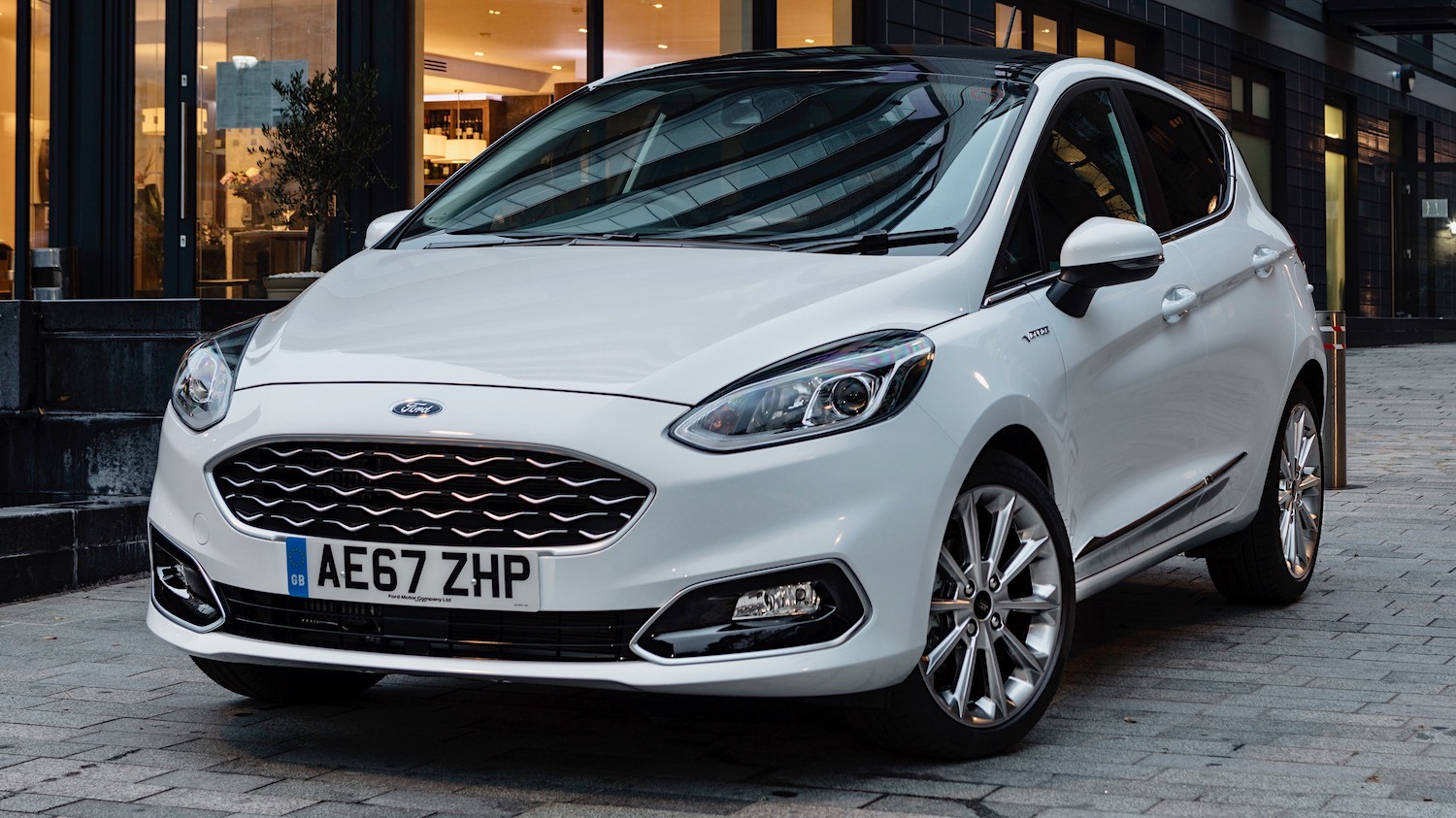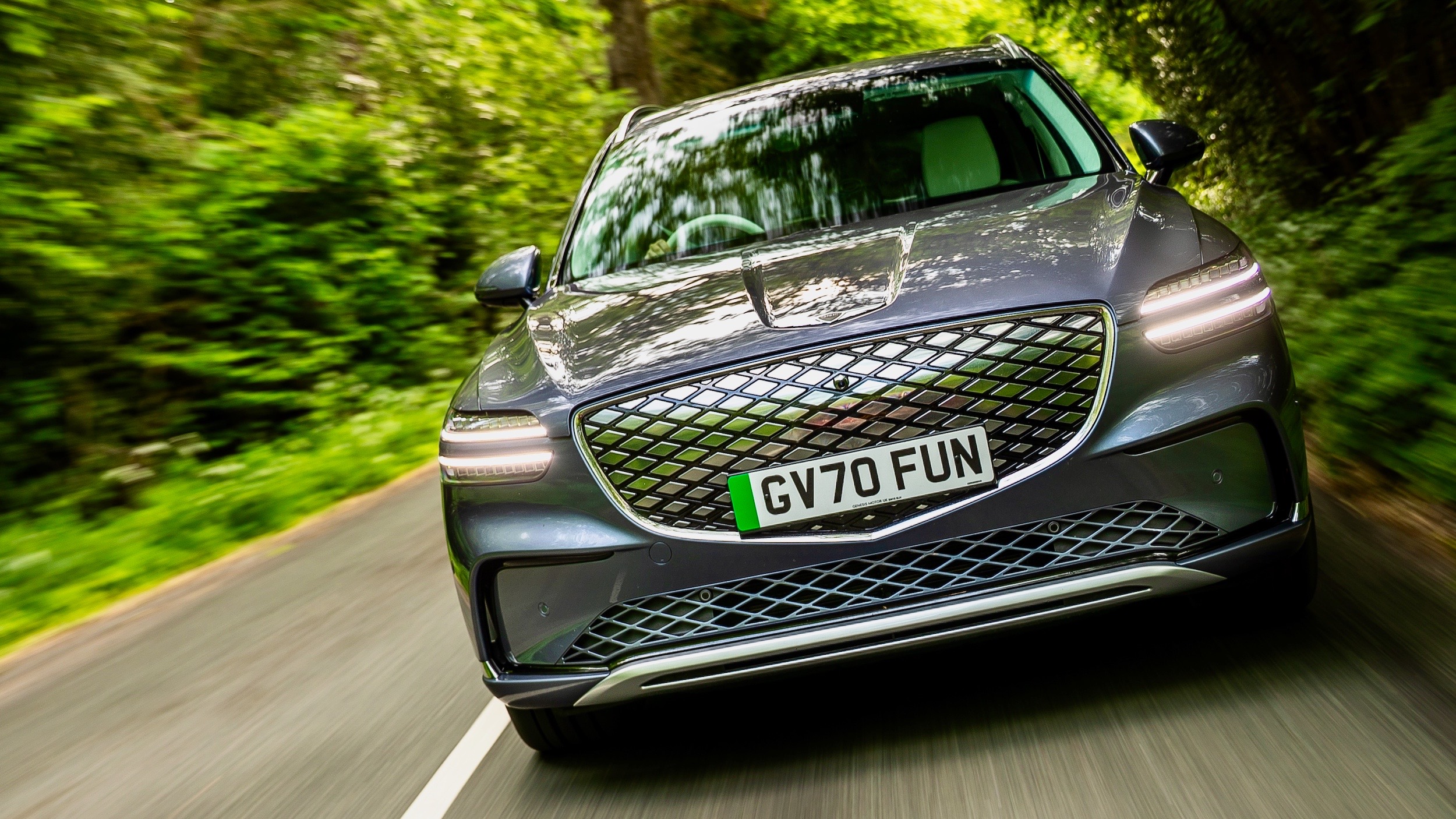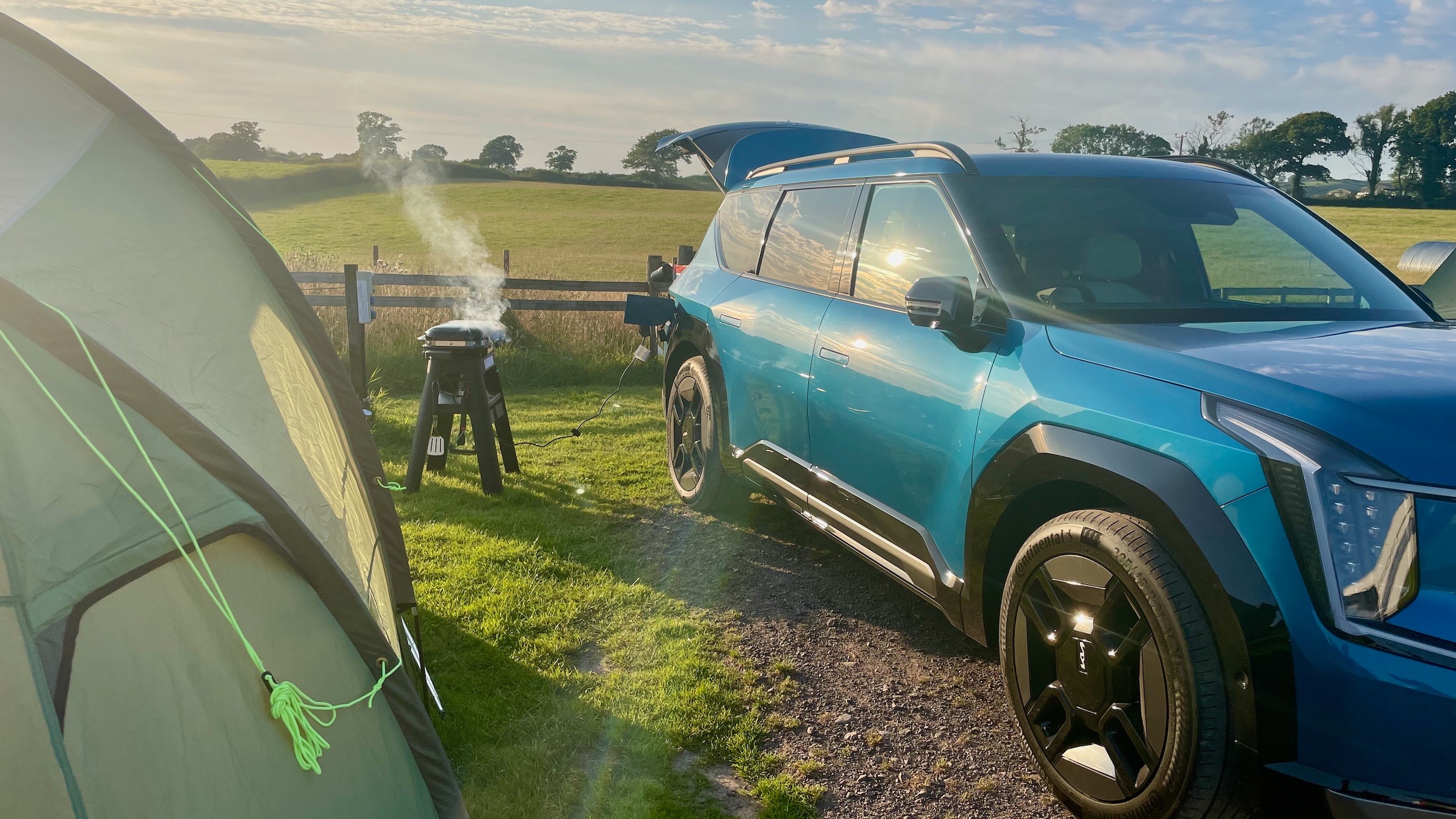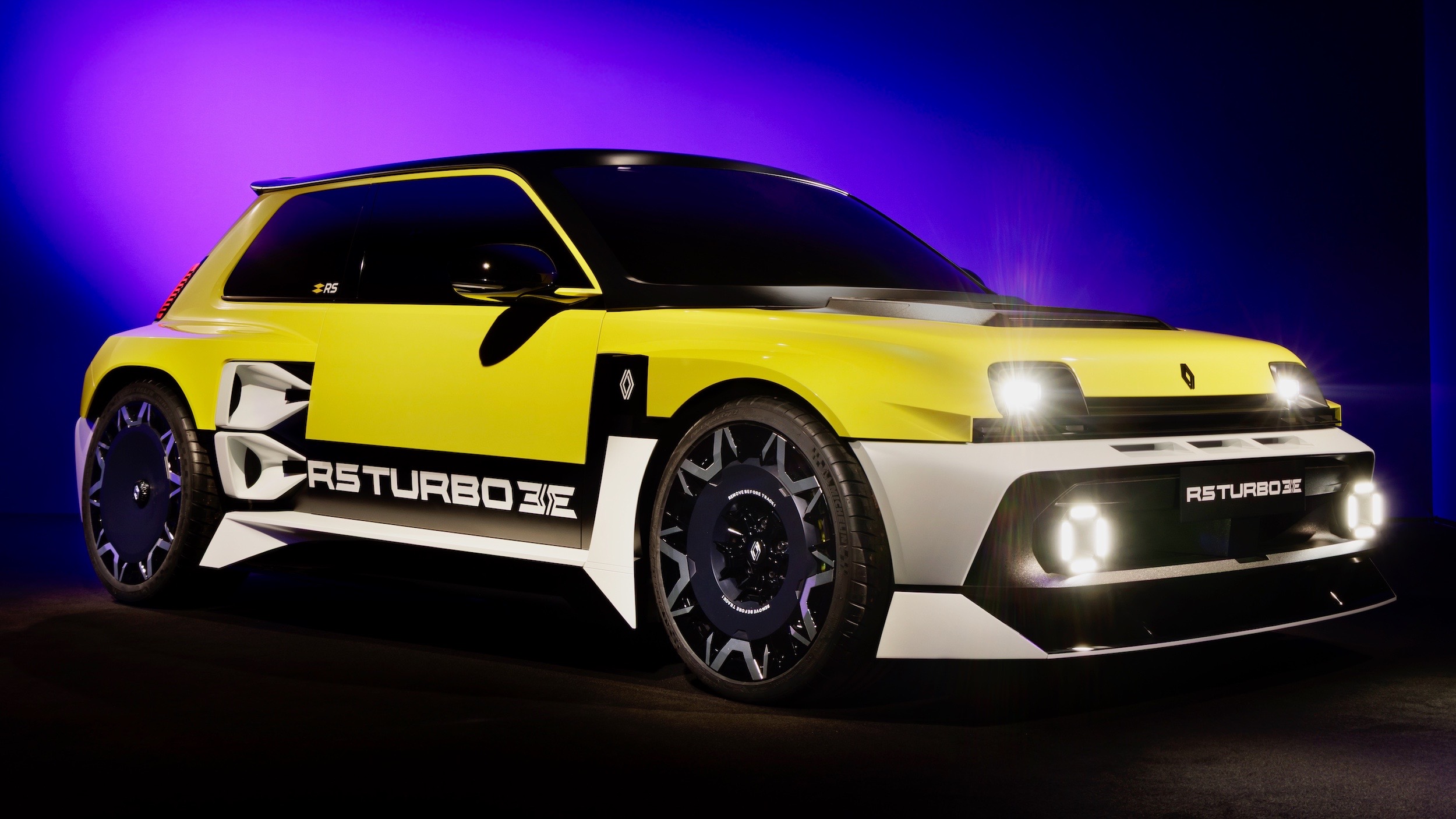From a distance, the chrome badge on the side of the car that was glittering on the gravel outside my house looked as if it said “Versace”.
As it happens, that designation would not be too far from the mark for the character of the car that is actually named the Fiesta Vignale. Combine a lustrous Red Ruby paint job, individual body kit, honeycomb grille, quilted black/ruby leather seats and matching leather steering wheel, branded threshold plates and floor mats. All in all, you’ve got a car that comes close to the luxurious sybaritism and vulgar excess that were identified with the name of Gianni Versace (the man who, it was said, designed clothes for the mistress, whereas Armani clothed the wife).
The Vignale’s price tag is similarly over-the-top. Seeing as it’s possible to pick up a new Fiesta for little more than £10,000, asking £23,4700 for the Vignale version might be considered close to having a laugh. Who on earth, you might ask, is going to pay that kind of money?
“Well, you might be surprised,” is the answer that comes from half a century of car history.
The tradition of tarting up tiny cars and giving them fancy names and prices goes back to the vastly successful Mini Coopers of the 1960s and the booted Minis that were marketed under the names of Riley Elf and Wolseley Hornet. These variations were all different ways of capitalising on the popularity of the basic car and adding some toff appeal to make them stand out from the common herd. The apogee of the trend may have been the Aston Martin Cygnet (2011-2013) – a Toyota iQ with a bespoke leather interior and a price tag north of £30000. The Cygnet was also the nadir of the fashion since it was in production for one of the shortest periods of any Aston and, with about 150 purchasers in total, sold not many more units than the DB4 GT Zagato. But the Fiesta Vignale is definitely closer to the sensible side of this tendency than the outright lunacy embodied in the Cygnet.
For a start, our test car came with Ford’s wonderful one-litre EcoBoost engine which combines 0-60 mph acceleration in under 10 seconds with average fuel consumption over 50 mpg. That little buzzbox may have panted for breath a little when it was transporting my family of four on the Queensferry Crossing over the River Forth when the crosswinds were blowing near to Force 10; but, in more normal driving conditions, it proved – as always – indomitably capable. Meanwhile, the Fiesta – the best small car for driving enthusiasts – retained all its happy dynamic characteristics even when weighted down with all that nancified quilted leather and heavy metal in the Vignale version.
Most surprisingly, however, it turned out to be a proper warrior when confronted with some of the most adverse weather conditions suffered anywhere in the UK in recent months.
During the period of our loan of the Vignale, I had to fetch my older daughter late at night from a party deep in the Scottish hills where we live. This was the worst night of the recent floods.
The rain was lashing so hard, the wipers couldn’t clear the windscreen. The wind was blowing so stiffly that it was budging the car sideways. Lagoons of water had gathered so deep in corners and recesses that they had to be forded at walking pace if the floods weren’t to cascade into the engine bay. The potholes full of water were as deep as the shell craters in 1917.
In 45 years of driving in Scotland, I have never known more trying, threatening conditions; yet the Fiesta Vignale negotiated them all with complete security and nerveless aplomb. Nobody was having a laugh now, I assure you.
However, I don’t believe those sterling qualities owed a lot to the badges and the upholstery. I imagine you could also acquire them for the price of a basic Fiesta.
Car reviewed: Ford Fiesta Vignale (5-Door) 1.0T EcoBoost, on the road price £21,520 with options as tested £23,470 0-62mph 10secs Top speed 121mph Engine 998cc 3-cylinder unleaded Euro 6.2 Fuel Economy WLTP Highest|Lowest 55.4 – 41.5mpg CO2 emissions 107g/km Max Power 125PS@6000rpm Torque 170Nm@1400rpm Transmission 6-speed manual

Neil Lyndon
Motoring Correspondent
Neil Lyndon has been a journalist, broadcaster and writer on the UK’s national stage for 40 years, writing for every “quality” newspaper on Fleet Street. He started writing about cars and motorbikes for The Sunday Times in the 1980s and was Motoring Correspondent of the Sunday Telegraph for 20 years, having previously written a column on motorbikes for Esquire. He is also recognised as a leading commentator on gender politics, having published No More Sex War in 1992 – the first ever critique of feminism from a radical, egalitarian point of view.
Recent Reviews
The latest cars, suvs and crossovers reviewed by our experienced journalists.
Reviewed: The Genesis Electrified GV70 (MY25)
Sometimes you think a car has reached its absolute best, and sure enough, just two and half years later, out comes an even better Genesis Electrified GV70 Car Reviewed: NEW GENESIS ELECTRIFIED GV70 (MY25) The Genesis GV70 is a refined, elegant, and dynamic SUV, and the last one was my wife’s favourite car. Now, just…
Continue Reading Reviewed: The Genesis Electrified GV70 (MY25)
Kia EV9 Plugged in, V2L with the Weber Lumin BBQ
Five days in Dorset – Camping has always been a love-hate experience for me In the UK, it’s often a combination of yucky, poor, wet, dull weather, poor food, limited access to charging and Wi-Fi, poor sleeping conditions, and boring meals. I thought it just could and must be better. WATCH OUR VIDEO BELOW Thinking…
Continue Reading Kia EV9 Plugged in, V2L with the Weber Lumin BBQ
Underrated Cars for New Drivers
Getting your first car is supposed to be one of life’s great milestones Freedom, independence, the smell of cheap air fresheners hanging from the mirror. Unfortunately, thanks to the state of the world, it now usually involves handing over a small fortune for something that’s already had three previous owners, at least one questionable crash…
Renault 5 Turbo 3E, Electric lunacy, French style
You have to hand it to the French… While the rest of the world’s busy building soulless pods that whisper down motorways and apologise for existing, Renault has decided to drag a legend out of retirement, pump it full of electricity, and send it back into battle wearing more LEDs than a Tokyo nightclub. Meet…
Continue Reading Renault 5 Turbo 3E, Electric lunacy, French style















